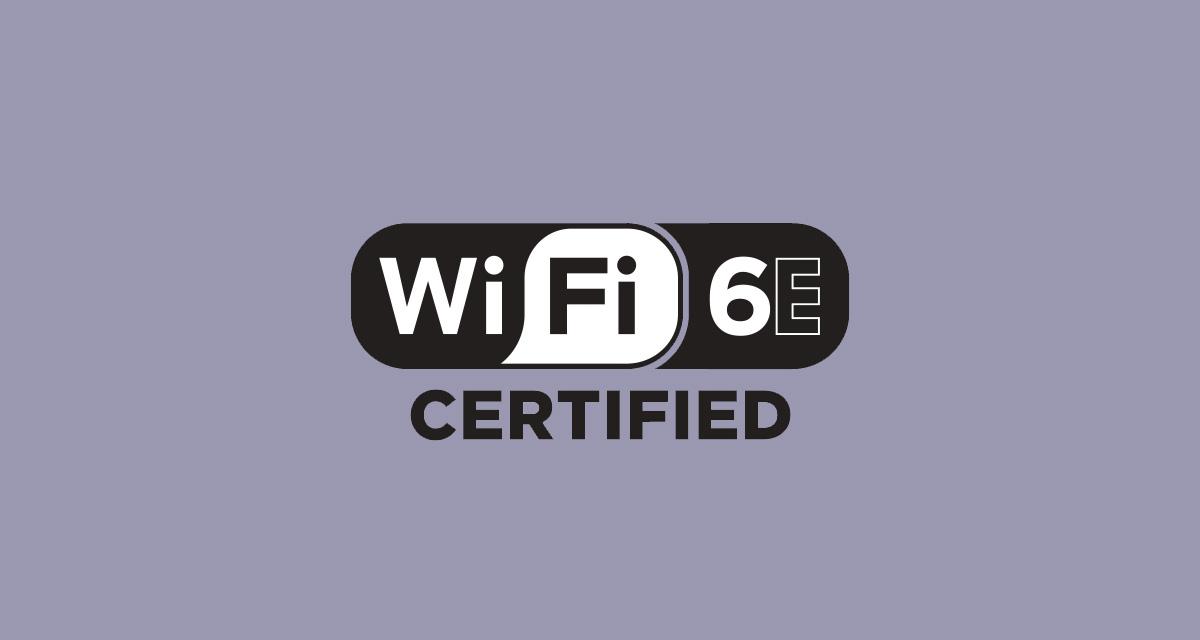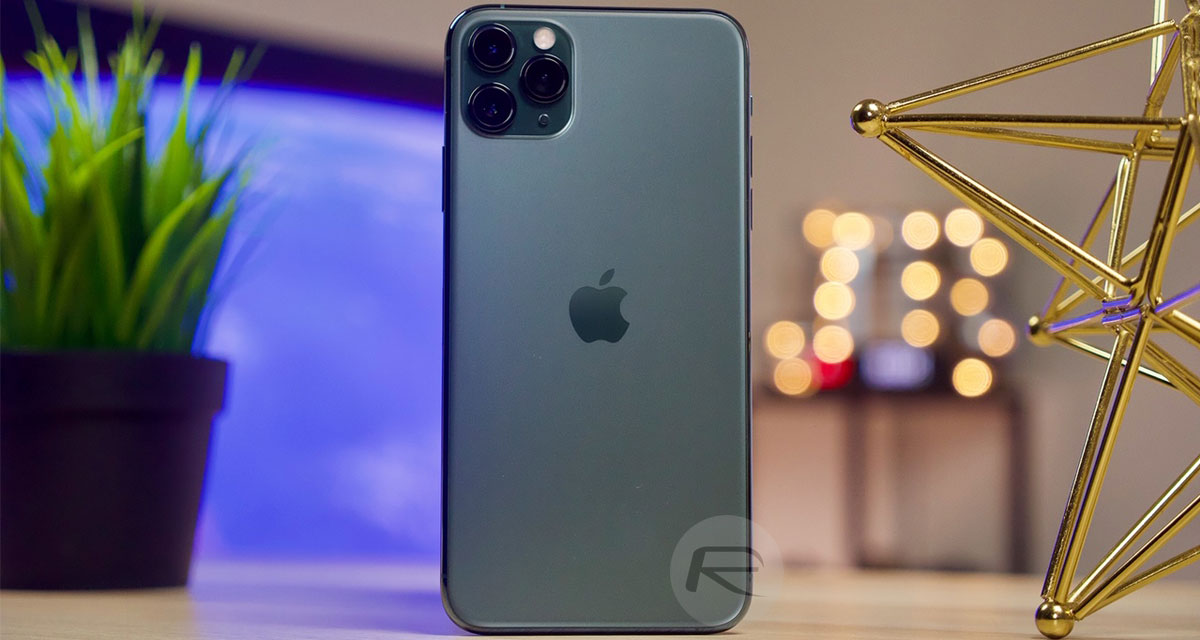Wi-Fi 6E Standard Announced By Wi-Fi Alliance, Here’s What It Means
The Wi-Fi Alliance has announced some new vernacular that can be applied to custom-made devices that are capable of operating at the 6GHz level. The currently unlicensed 6GHz spectrum may soon have the regulatory covers removed by those who are in control of the airwaves, with the Wi-Fi Alliance introducing the new Wi-Fi 6E designation to cover those 6GHz capable devices.
Currently, there are no Wi-Fi 6E devices available on the market for the likes of you and me to purchase. That makes perfect sense as the 6GHz band is still under covers and not available for use.

However, that could all be about to change with regulators mulling over an imminent release of the spectrum. When this happens, the expectation is that a host of new Wi-Fi 6 devices will be available with almost immediate effect, thus the Wi-Fi Alliance has moved to introduced Wi-Fi 6E to cover those 6GHz-capable devices.
With the availability of the 6GHz spectrum and support from devices, manufacturers will be able to offer hardware to bring better performance, higher data rates, improved power efficiency, and much lower latency levels than what we currently have. It is essentially the next step forward and the Wi-Fi Alliance has acted promptly to ensure that there is a designation and a standard available for when the move happens:
Wi-Fi operation in the 6 GHz frequency band will enable Wi-Fi to continue delivering positive experiences for the most bandwidth-intensive applications. Wi-Fi 6E brings a common industry name to identify devices that will offer the features and capabilities of Wi-Fi 6, extended to the 6 GHz band following regulatory approvals.
Wi-Fi 6E will utilize up to 14 additional 80 MHz channels and 7 additional 160 MHz channels in 6 GHz for applications such as high-definition video streaming and virtual reality. Wi-Fi 6E devices will leverage these wider channels and additional capacity to deliver greater network performance and support more Wi-Fi users at once, even in very dense and congested environments.

Many devices – such as Apple’s current fleet of modern iPhones – already support the Wi-Fi 6 standard and, as such, are already capable of supporting the 6GHz spectrum. This is simply the introduction of a new official designation to be thrust upon those devices.
You may also like to check out:
- Download: iOS 13.3 Final IPSW Links, OTA Update And iPadOS 13.3 For Compatible Devices
- Download: iOS 13.3.1 Beta 1 OTA Profile, IPSW Links Released For iPhone And iPad
- Downgrade iOS 13.3 To iOS 13.2.3 For Checkra1n Jailbreak, Here’s How
- Jailbreak iOS 13.3 Using Checkra1n, Here’s How [Guide]
- Jailbreak iOS 13.3 / 13.3.1 On iPhone 11, 11 Pro Max, XS, More With New tfp0 Exploit Will Be Possible Soon
- iOS 13 / 13.2.2 Jailbreak Tweaks Compatibility List For Checkra1n
- Gold iPhone 11 Pro Max: Case, Lightning Cable, Wireless Charger, Band, Speaker, More
- Red iPhone 11 Accessories: Case, Lightning Cable, Wireless Charger, Band, Speaker, Much More
- Yellow iPhone 11 Accessories: Case, Lightning Cable, Qi Wireless Charger, Band, Speaker, Much More
- Purple iPhone 11 Accessories: Case, Lightning Cable, Qi USB Charger, Band, Speaker, Much More
- Green iPhone 11 Accessories: Case, Lightning Cable, Qi USB Charger, Band, Speaker, Much More
- Midnight Green iPhone 11 Pro Max: Case, Lightning Cable, Wireless Charger, Band, Speaker, More
- Apple Watch ECG App Hack: Enable Outside US In Unsupported Country On Series 5 & 4 Without Jailbreak
You can follow us on Twitter, or Instagram, and even like our Facebook page to keep yourself updated on all the latest from Microsoft, Google, Apple, and the Web.
Related Stories
Like this post on Facebook